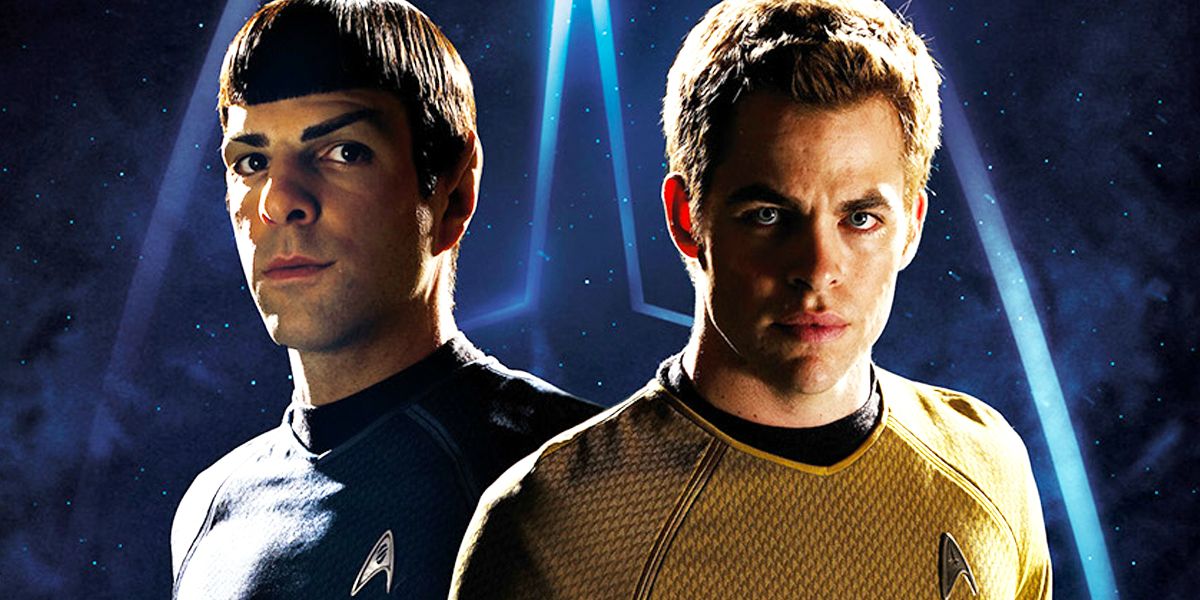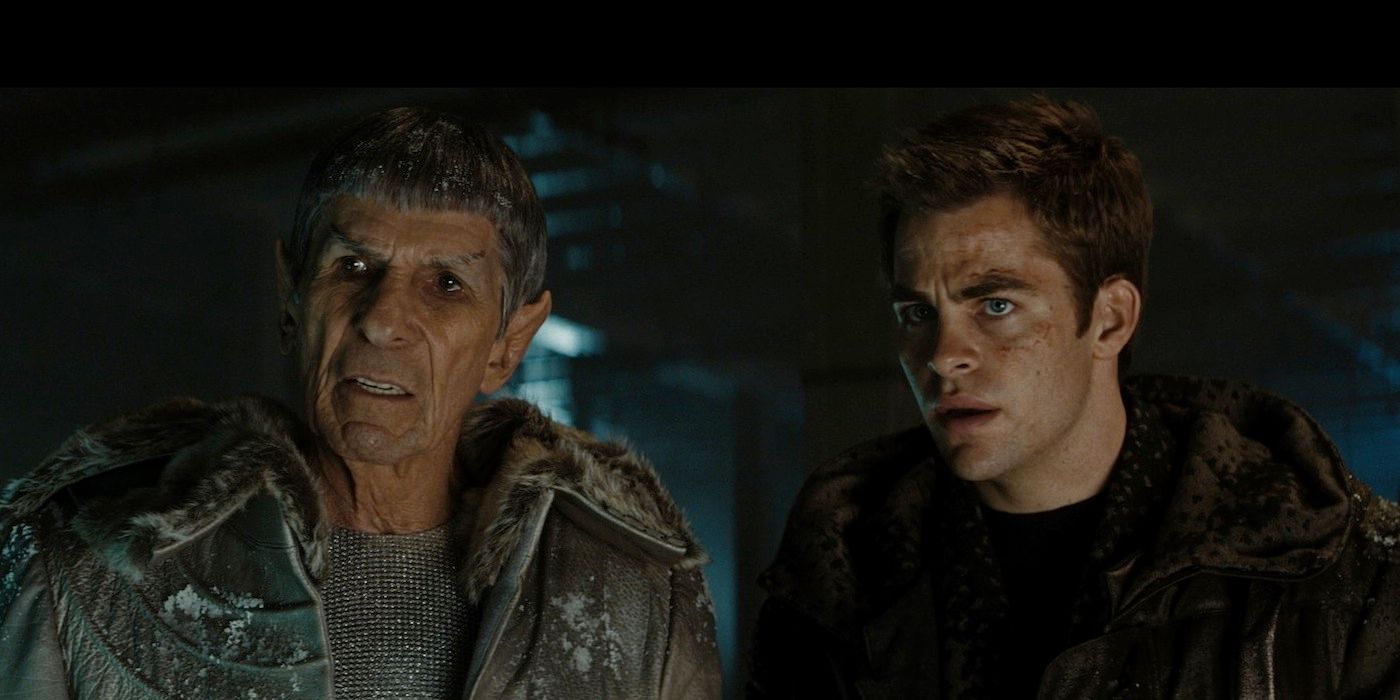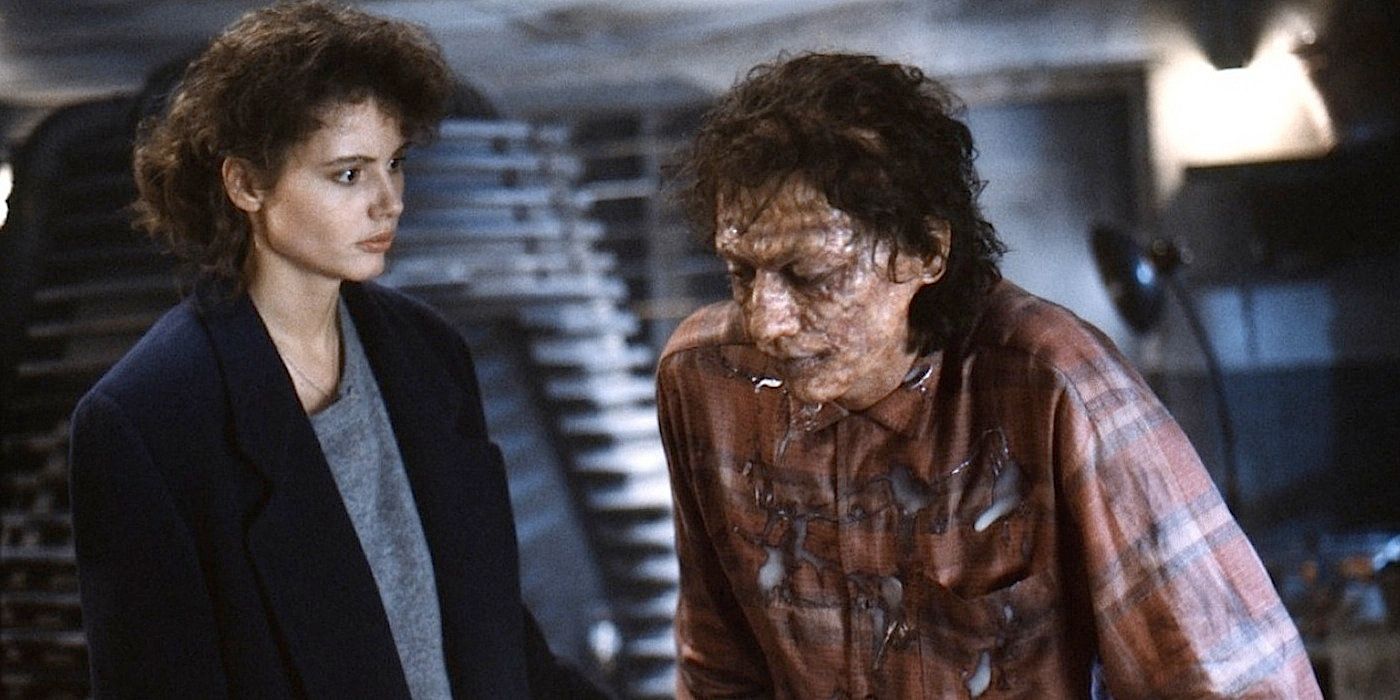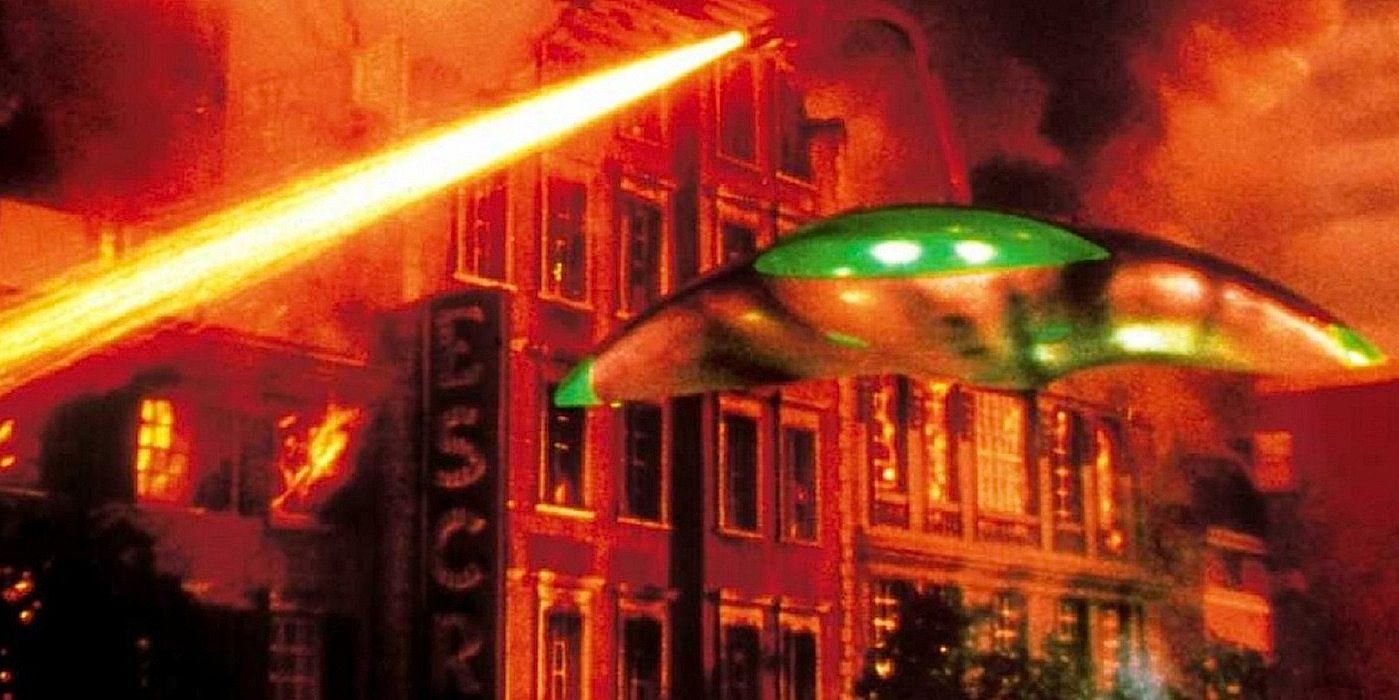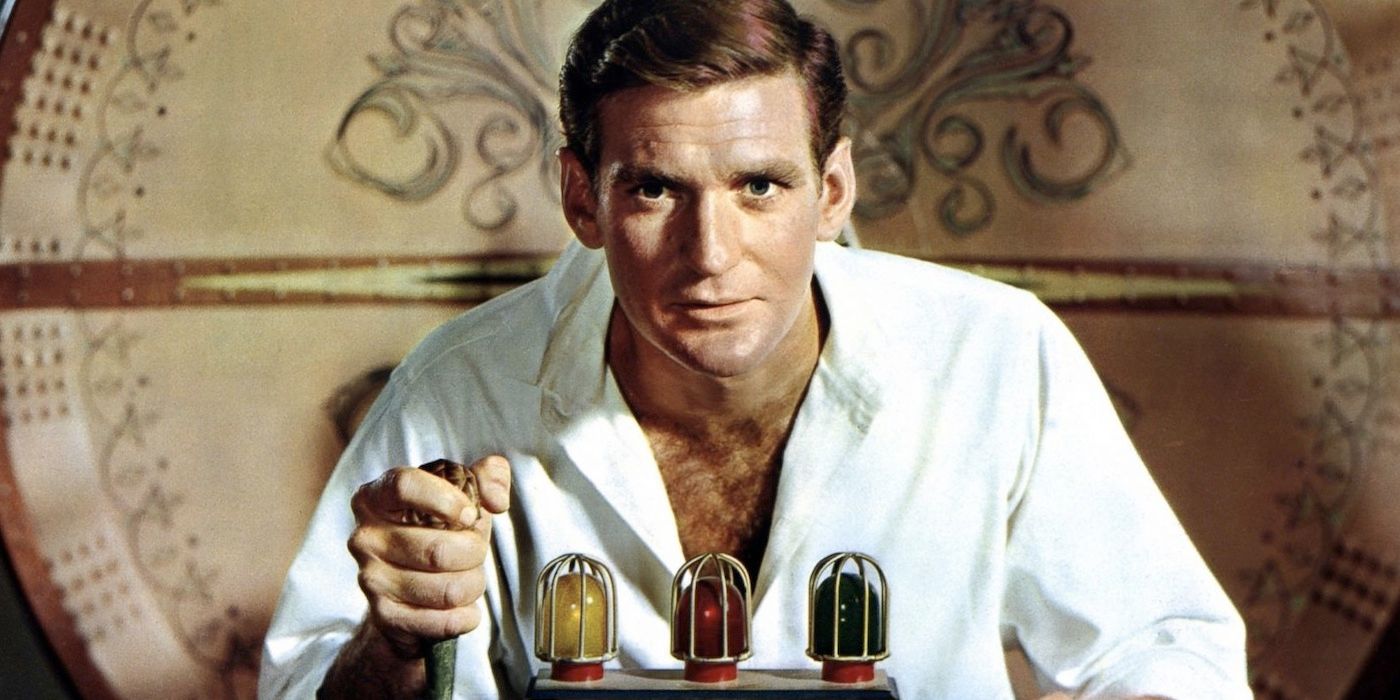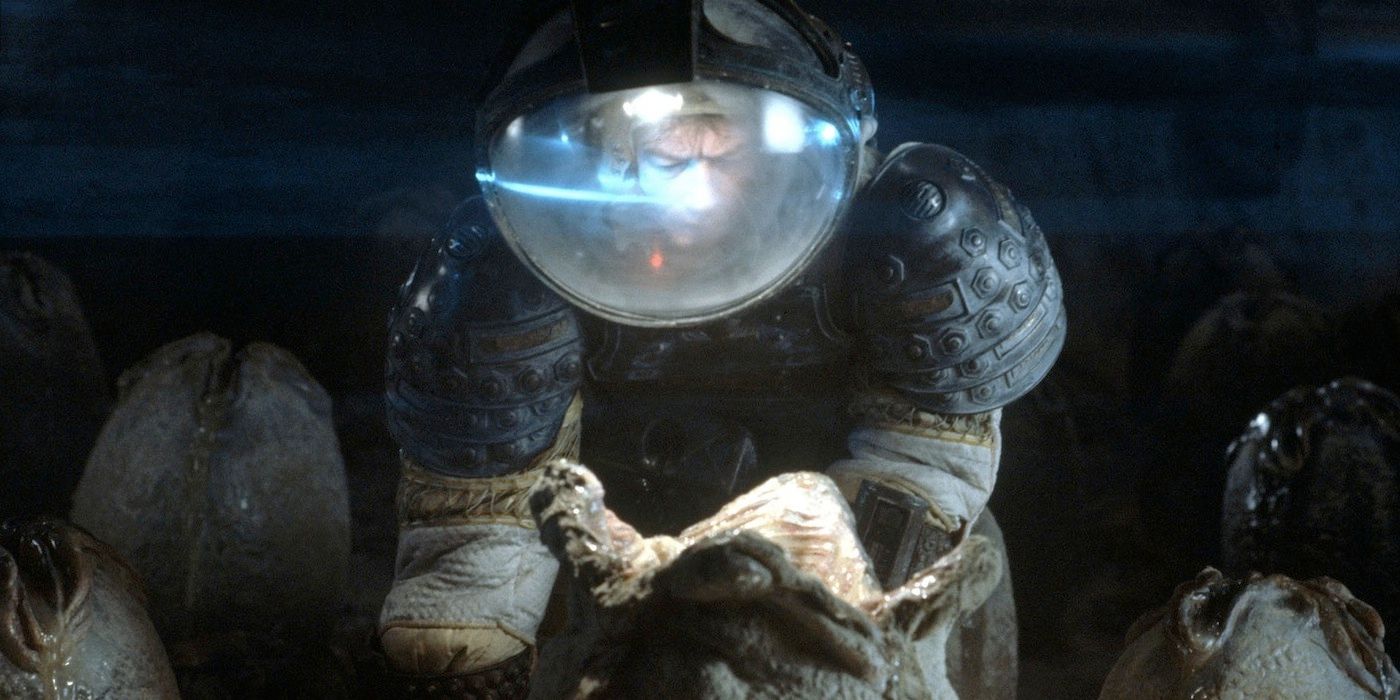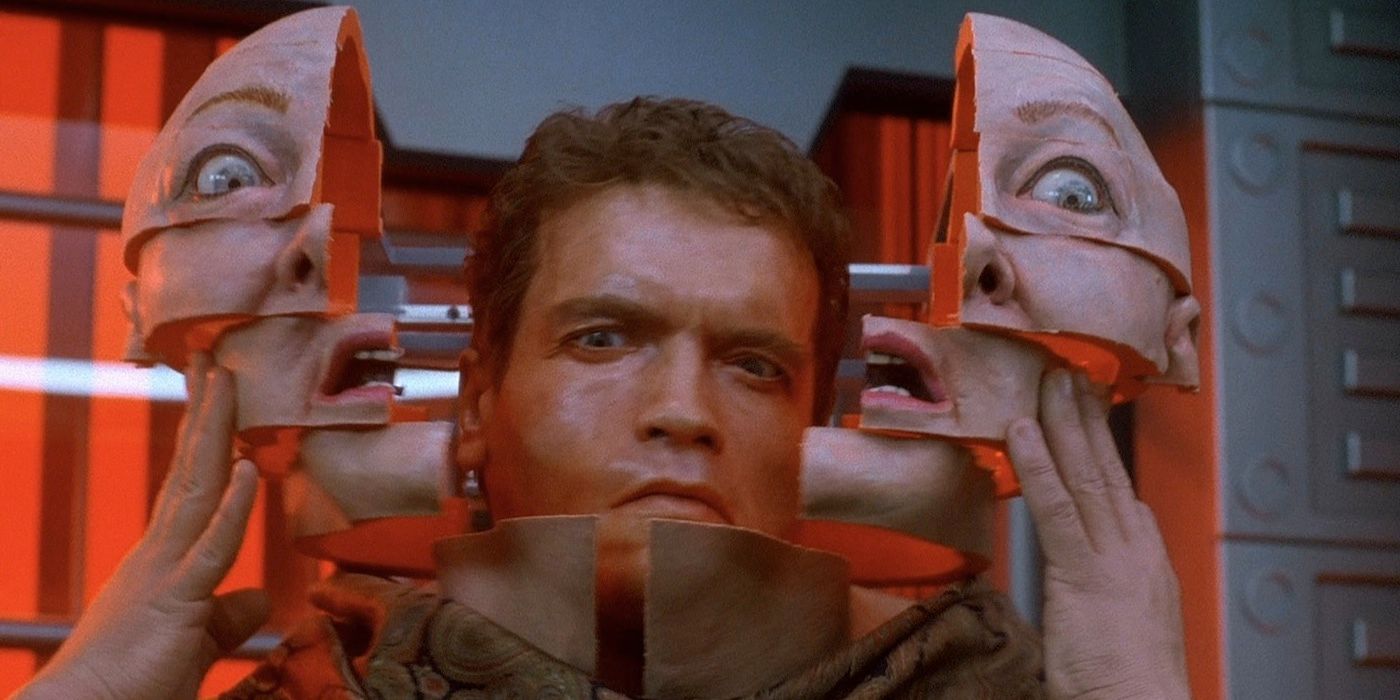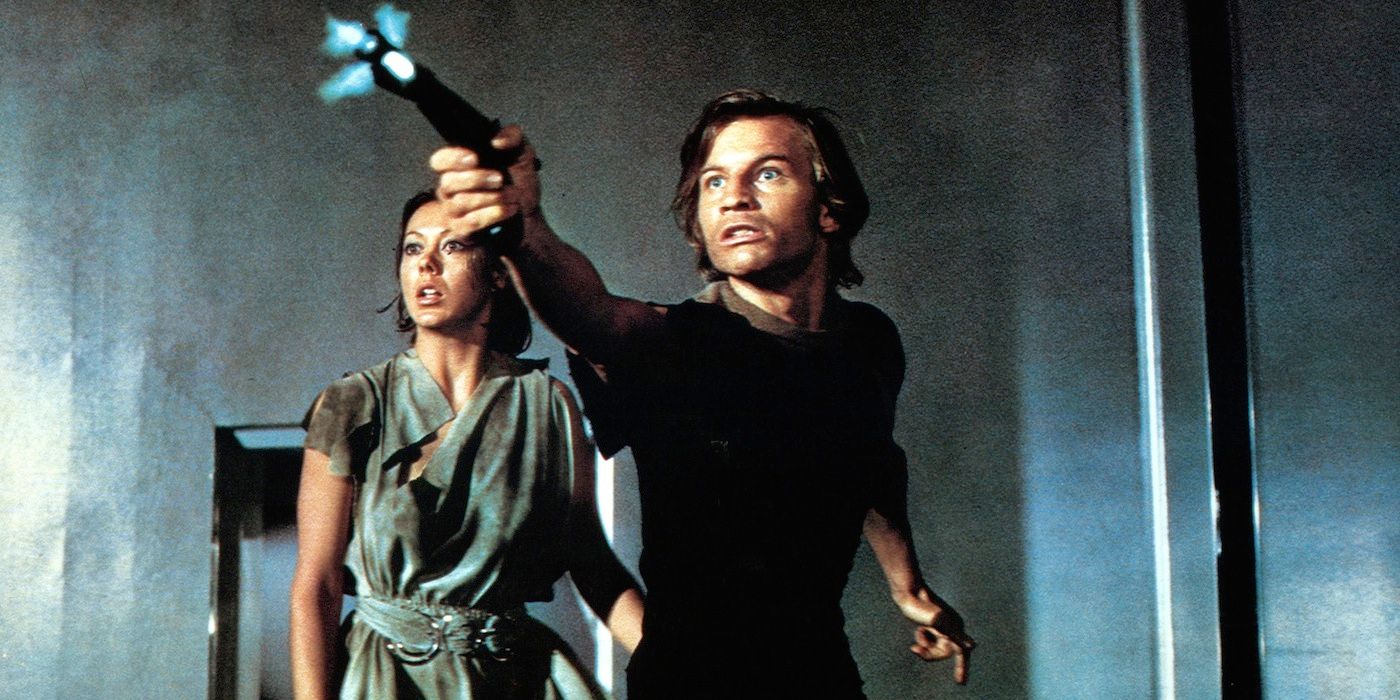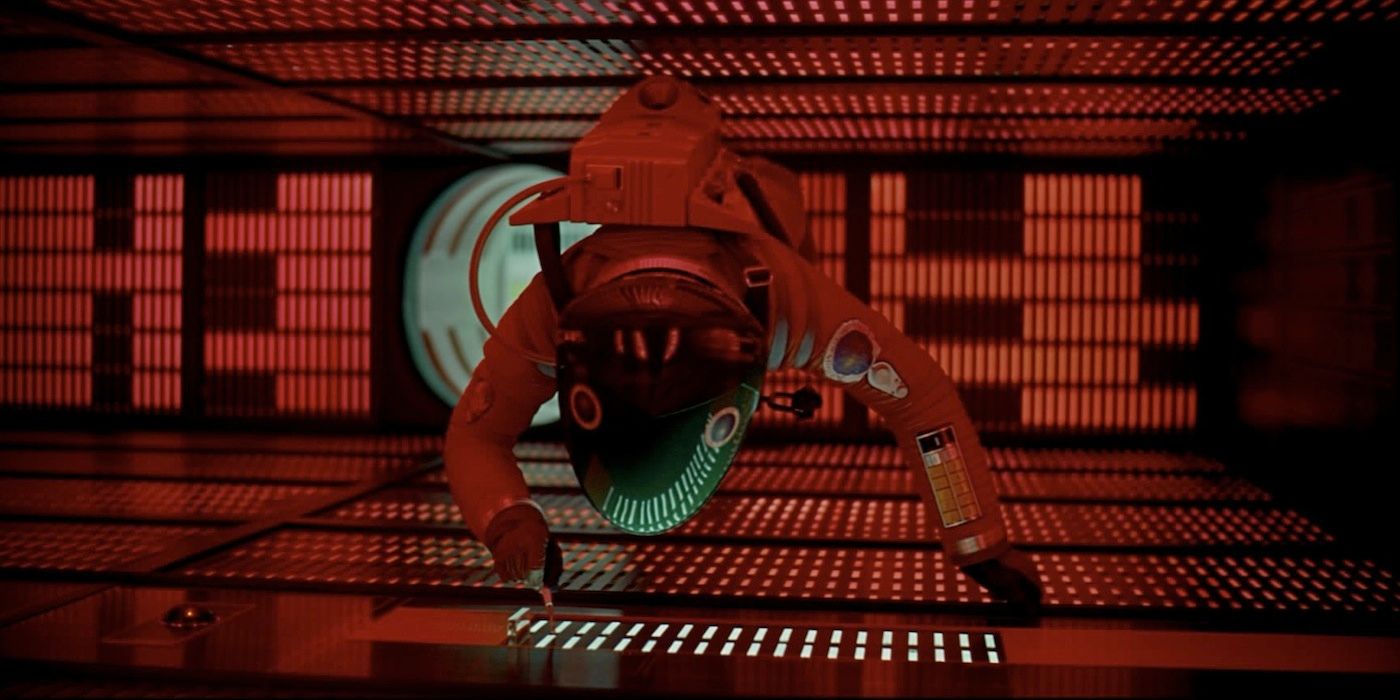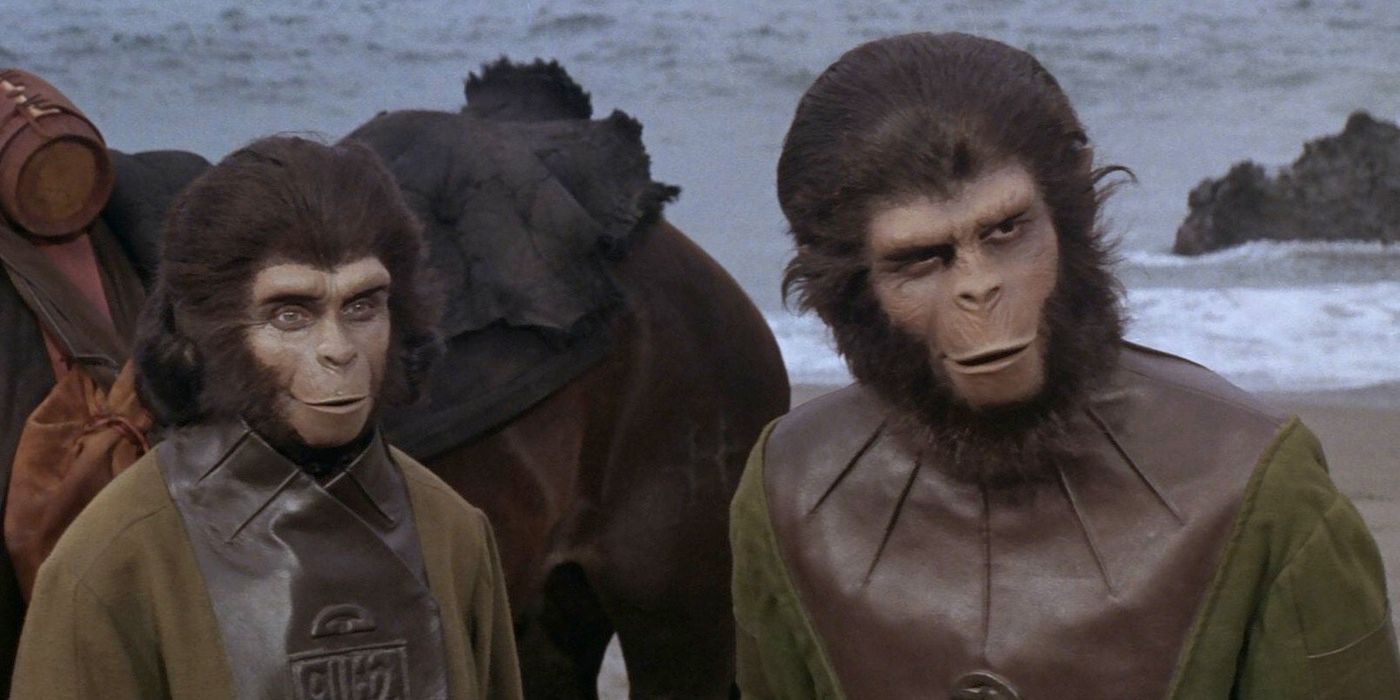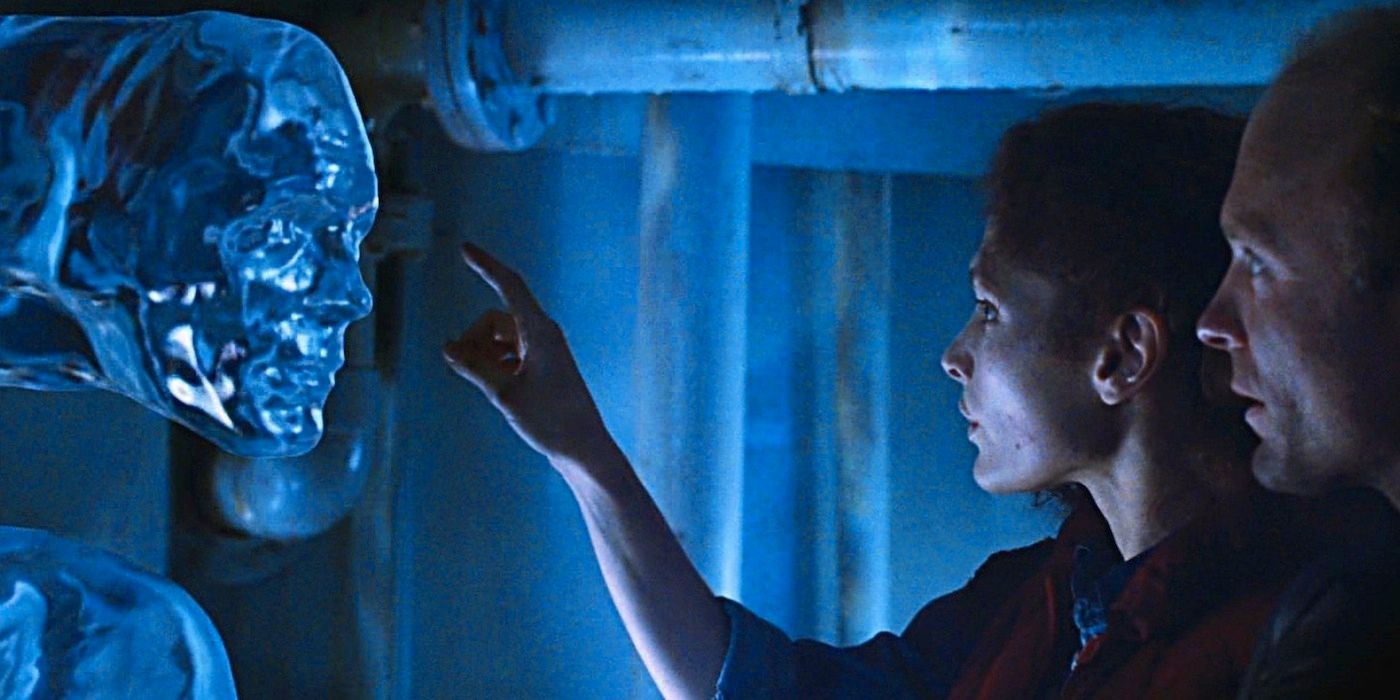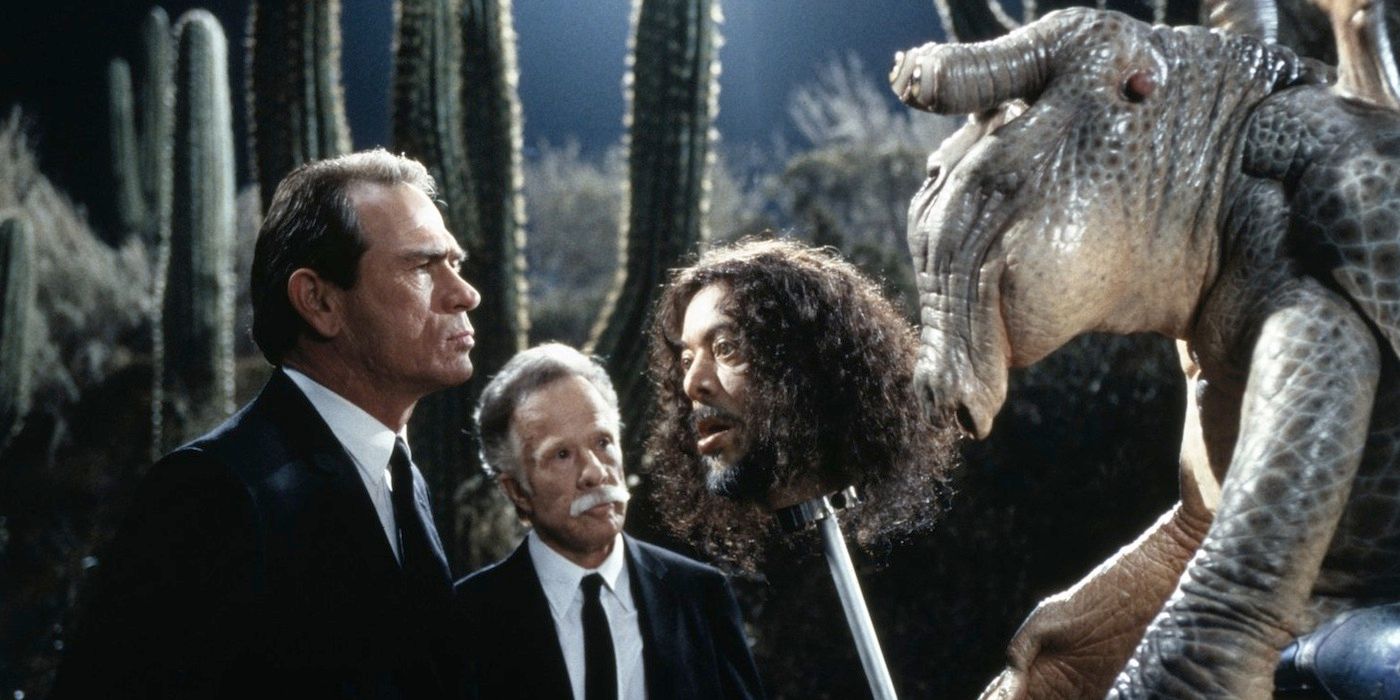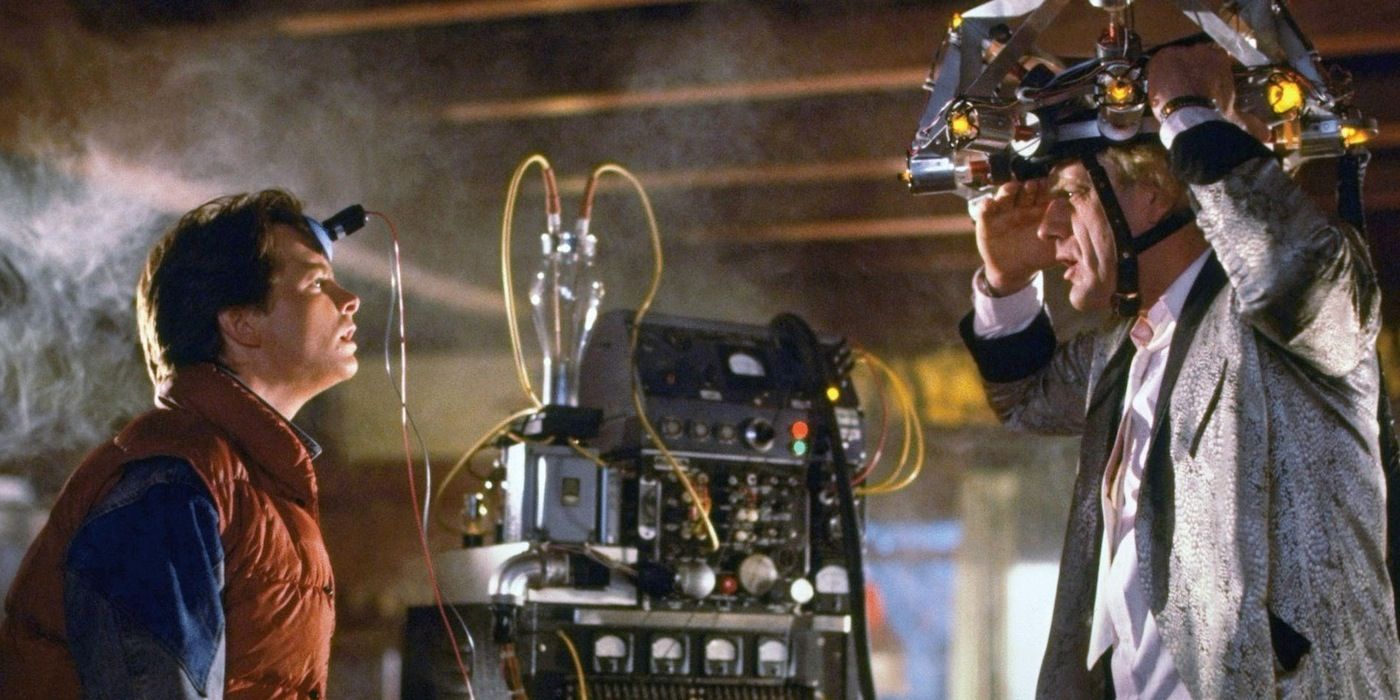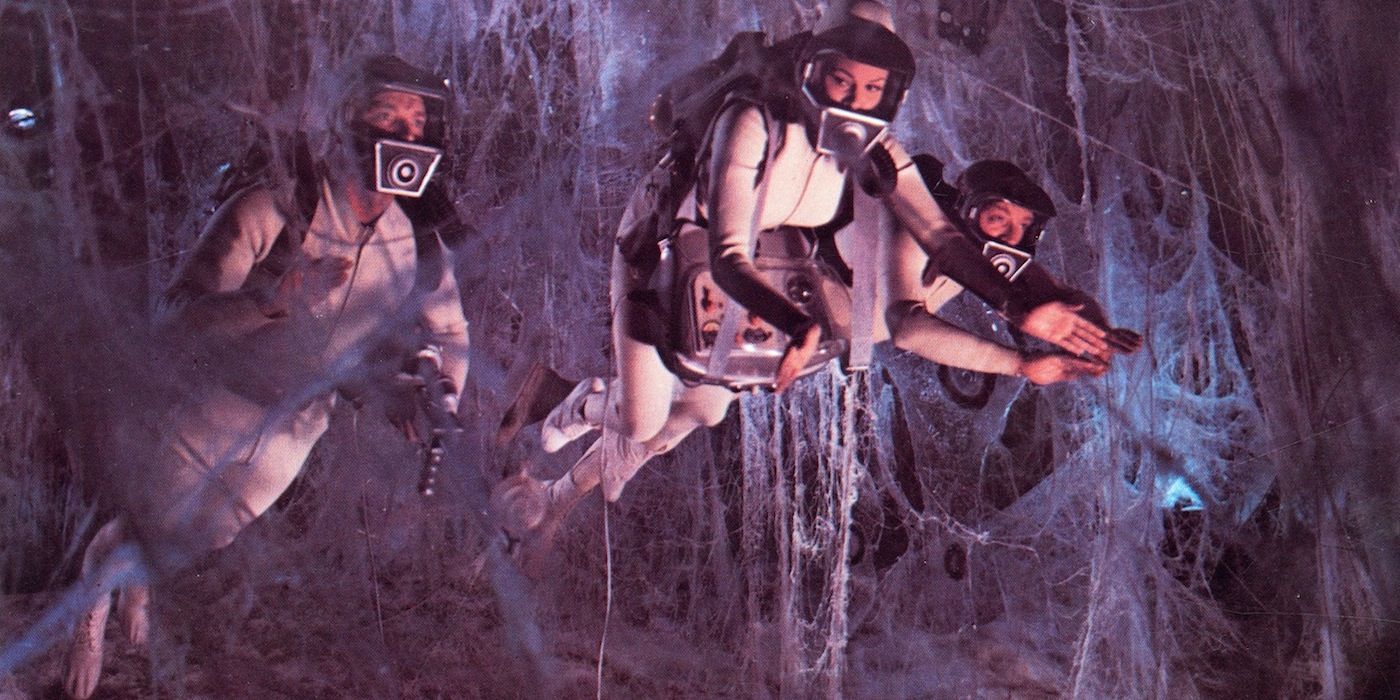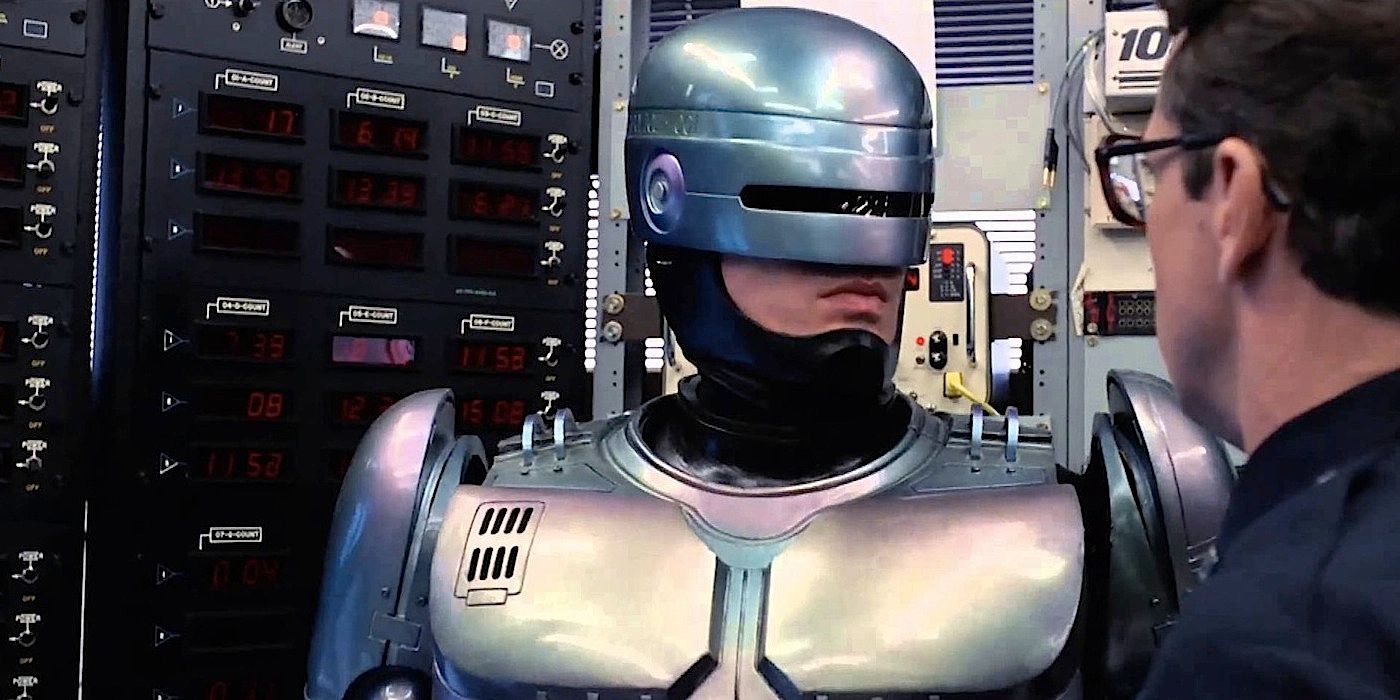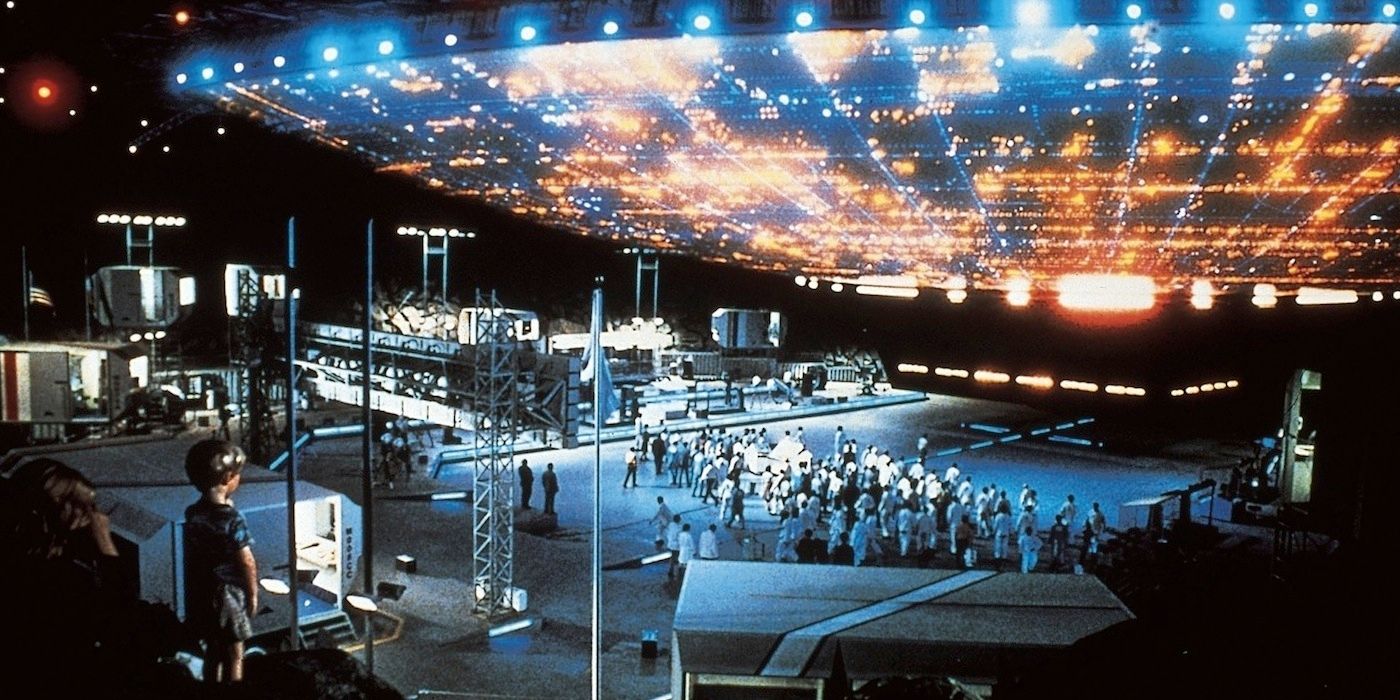It’s no secret that the members of the Academy of Motion Picture Arts and Sciences (aka the Oscars) have little imagination when it comes to those genres that are most imaginative.
The Lord of the Rings: The Return of the King is the only fantasy film to date to have won the Oscar for Best Picture. That’s at least one up on both horror and science fiction, two genres that have yet to make any significant inroads when it comes to fair Academy representation. While a handful of films like The Exorcist and Avatar have managed to compete in the major categories, the nominations have been too few and too far between.
It’s a different story in the technical categories, particularly for science fiction flicks. Over the years, a number of films have earned multiple wins, including Star Wars, The Matrix, and last year’s Mad Max: Fury Road. Then there are the following titles, which may not have dominated the ceremonies but still managed to slip away with a victory or two. Here, then, are 15 Sci-Fi Movies You Didn't Know Won Oscars.
15. STAR TREK
If Star Trek Beyond ends up winning the Oscar for Best Makeup this Sunday, viewers might experience a slight sense of déjà vu. After all, J.J. Abrams’ reboot of the venerable Gene Roddenberry franchise already snagged that award seven years ago.
Initially, it appeared that 2009’s Star Trek might be a major player in that year’s Oscar race. That was the first year that the Academy opened up the Best Picture slate to 10 nominees (unfortunately changed a couple of years later to up to 10 nominees), and the way the voting was structured provided the opportunity for many box office hits to be cited alongside the expected Oscar-bait titles. And after Star Trek snagged one of the 10 coveted spots for the prestigious Producers Guild Awards, it appeared the film had at least an outside shot of landing the hefty nom.
Instead, the Academy apparently felt that having the science fiction genre represented by two films (Avatar and District 9) in the Best Picture line-up was sufficient, leaving Star Trek as the odd movie out. The film did manage to score four technical nominations, and it went on to win for its assemblage of alien creatures and the sharpness of Spock’s ears.
14. THE FLY
It’s rare for a remake to top the original, yet that was the case with David Cronenberg’s 1986 version of The Fly. The 1958 take on the tale is an excellent movie in its own right, but with his newer model, Cronenberg was able to not only match the material more snugly to his own favorite themes — the relationship between man and machine; the allure of sexual perversities; the manner in which our own bodies can betray us without a moment's notice — but also craft one of the most unexpectedly moving love stories of its decade.
Chris Walas and Stephan Dupuis deservedly won the Best Makeup Oscar for their combined contributions, but their work goes beyond merely providing gross-out moments. Instead, as the story moves effortlessly from the mutual attraction between scientist Seth Brundle (Jeff Goldblum) and reporter Veronica Quaife (Geena Davis) to the mishap that results in Brundle turning into “Brundlefly,” the prosthetics serve as signposts to the mental anguish experienced by Veronica as she’s tormented by what's happening to the man she adores.
"I'm an insect who dreamed he was a man and loved it,” notes Brundle. “But now the dream is over and the insect is awake.” Walas and Dupuis — and, of course, Goldblum — convey this wakening in the most startling manner possible.
13. THE WAR OF THE WORLDS
Between 1939 and 1962, the Best Visual Effects Oscar was called Best Special Effects and was awarded to both the visual and sound effects teams. The first science fiction film to win the prize was 1950’s Destination Moon, which was also one of the first films to seriously tackle the subject of space exploration. Its producer, George Pal, became one of the preeminent makers of fantasy flicks over the next two decades, and while his works would occasionally pick up an Oscar here and there, it was at the beginning of the ‘50s when he enjoyed his greatest run.
Within a four-year span, three of his movies nabbed the Best Special Effects Oscar, beginning with Destination Moon and continuing with 1951’s When Worlds Collide. Yet it was his 1953 production of H.G. Wells’ The War of the Worlds that not only captured the Oscar, but also the imaginations of aspiring filmmakers. A sizable hit, The War of the Worlds went on to influence subsequent sci-fi tales: Star Trek and other television series recycled some of its more unique sound effects, and even Steven Spielberg's 2005 version included a handful of subtle acknowledgments.
And let’s not forget the pop culture cred: Dr. Clayton Forrester, the mad scientist played by Trace Beaulieu on Mystery Science Theater 3000, was named after the heroic scientist portrayed by Gene Barry in this film.
12. THE TIME MACHINE
George Pal and H.G. Wells, together again! Several years after the success of The War of the Worlds, Pal opted to bring another Wells property to the screen. In this case, it was 1960’s The Time Machine, starring Rod Taylor as H. George Wells, a Victorian-era inventor who creates a contraption that allows him to journey back and forth through the years.
Beginning in 1900, George journeys forward a few years at a time and finds himself turning up in the midst of both World Wars and the mid-1960s. Then things really get fantastical as he travels all the way to the year 802,701, where he helps the gentle Eloi in their struggle against the subterranean Morlocks.
The time machine created for this picture is so renowned that an exact replica was created for use in a 2008 episode of The Big Bang Theory. The original, meanwhile, remains in the hands of noted collector Bob Burns, who found it in a California thrift shop and restored it to its former luster. Still, what doubtless won the film the Oscar for Best Special Effects were the sights and sounds that whiz past George as he zooms through time while seated inside his amazing apparatus.
11. ALIEN
It wasn’t until this current decade that the Academy finally allowed five nominees to annually contend in the Best Visual Effects category that was established in 1963. Previously, there were either two nominees, three nominees, or the Oscar was handed out as a Special Achievement Award.
Only twice were there exceptions to this tried-and-true rule. One was 1973, when the Academy decided that not a single film deserved consideration for its effects (surely a case could have been made for The Exorcist?). The other was 1979, which, until the run that began in 2010, was the only year to offer a full five nominees. It’s easy to understand the Academy’s enthusiasm, given the excellence on view in all five features.
From the freewheeling hijinks seen in Steven Spielberg’s 1941 to the outer space adventures showcased in the film-franchise jump starter Star Trek: The Motion Picture, the James Bond saga Moonraker, and the Disney effort The Black Hole, the effects showcased in 1979 were truly special.
The deserving winner, though, was Ridley Scott’s Alien, with the five key artists (including H.R. Giger and Carlo Rambaldi) all picking up statues for creating a classic movie monster. Alien went 1-for-2 at the Oscars (its losing bid was for Best Art Direction-Set Decoration), while James Cameron’s 1986 Aliens made an even bigger dent in the balloting. Nominated for seven Oscars (including Best Actress for Sigourney Weaver), it won for Best Visual Effects and Best Sound Effects Editing.
10. TOTAL RECALL
For decades, the Academy has been adamant in not allowing the general public to see the runner-ups — that is to say, the films and performers that either just missed winning an Oscar or even just missed landing a nomination in the first place. The 1990 race, however, witnessed a rare exception to this taboo tallying.
In that year, the members of the visual effects branch employed a numerical rating system to determine which films should earn a nomination in that category. The first round produced four possibilities, of which up to three would be chosen to be nominated. But after counting the second round of ballots, it was discovered that only one title had earned enough points to actually be recognized. The picture was Paul Verhoeven’s Total Recall, the futuristic actioner based on a Philip K. Dick story and starring Arnold Schwarzenegger.
The branch thus elected to honor the four principal effects wizards (including great makeup artist Rob Bottin, of The Howling and The Thing fame) with a Special Achievement Award for their contributions to Total Recall. As for the other three films that had been in contention — Dick Tracy, Ghost, and Back to the Future Part III — they were cited by the committee merely as “runner-ups,” meaning they’re not even officially recognized by the Academy as nominees.
9. LOGAN’S RUN
Only once in Oscar history have two films been honored in the same year for their visual effects. That occurred during the 1976 race, when King Kong and Logan’s Run each won a Special Achievement Award.
In the case of King Kong, it was a laughable choice, as Dino De Laurentiis’ hokey remake of the 1933 classic featured effects that were anything but special. While the rumors have subsisted that some Academy members resigned in disgust after their colleagues voted for the dubious designation, this has never been properly confirmed — still, it’s an easy story to swallow.
More worthy was the other winner, the sci-fi hit Logan’s Run. Set in a future (2274, to be exact) in which everyone lives in total bliss until the age of 30 — at which point they’re expected to sacrifice themselves during the Carrousel ritual — this engaging adventure tale benefits from outstanding camerawork and innovative production design.
Appropriately enough, the film picked up nominations for Best Cinematography and Best Art Direction-Set Decoration, although its only victory was the aforementioned special award for its visual effects. They’re employed sparingly yet effectively, most prominently during the trippy Carrousel scenes.
8. 2001: A SPACE ODYSSEY
Stanley Kubrick’s entire career was dogged by controversy, so it’s no surprise that his only Academy Award win was similarly a point of contention.
Kubrick earned a total of 12 Oscar nominations for his achievements in writing, directing and producing. Two of those nods came for writing (with Arthur C. Clarke) and directing 2001: A Space Odyssey, the 1968 masterpiece that’s hailed by many as the best science fiction film ever made. Yet Kubrick’s sole Oscar victory was in the Best Visual Effects category, and he was only the member of the 2001 team to receive an actual statue.
While it’s true that he oversaw the effects work (just as he oversaw all aspects of the production, often to an obsessive degree), it was the great Douglas Trumbull (Blade Runner, Close Encounters of the Third Kind) and his three colleagues who were primarily responsible for the execution. Nevertheless, when Oscar time rolled around, only Kubrick’s name was submitted as an effects nominee, leaving the quartet of hands-on innovators out in the cold.
7. PLANET OF THE APES
The 1968 box office hit Planet of the Apes was released in the same year as 2001: A Space Odyssey, and while the Kubrick flick landed four nominations, the simian saga managed two: Best Original Score for Jerry Goldsmith’s outstanding soundtrack and Best Costume Design. It won neither, although it did net John Chambers an Honorary Award.
Chambers was cited for “outstanding make-up achievement,” as he was the one responsible for creating the look of all the apes encountered by poor Charlton Heston. (In other trivia news, Chambers was also seen in fictionalized form in the 2012 Best Picture Oscar winner Argo, where he was played by John Goodman.)
While Chambers’ makeup designs were widely praised, there was at least one dissenting vote. The more realistic ape prosthetics used in 2001 were ignored by the Academy, leading the film’s co-writer, Arthur C. Clarke, to wonder “whether the judges had passed over 2001 because they thought we used real apes.”
6. THE ABYSS
It wasn’t until 1997’s Titanic that James Cameron became the “king of the world” after his global smash nabbed a whopping 11 Academy Awards. But some of his earlier movies had enjoyed a measure of Oscar success: 1986’s Aliens earned two statues while 1991’s Terminator 2: Judgment Day grabbed four (post-Titanic, Avatar snatched another three). The 1989 underwater epic The Abyss is generally the forgotten film in Cameron’s Oscar portfolio, perhaps because it nabbed only a single win from four nominations — or, more likely, because it was the rare Cameron movie that underperformed at the box office.
Movie shoots that involved copious amounts of water have been well-documented as being extremely challenging for cast and crew members (e.g. Jaws, Waterworld), but The Abyss might have been the most nightmarish one of all. With a brutal shooting schedule mandated by Cameron, the experience was thoroughly unpleasant for most of the participants — co-stars Ed Harris and Mary Elizabeth Mastrantonio both had breakdowns during the making of the film, and Harris has vowed to never again discuss the movie.
Yet from a technical (if not humanistic) standpoint, the film was an important step in the evolution of CGI imagery on screen, with the liquid alien being a key reason The Abyss won the Oscar for Best Visual Effects. Cameron would later employ the same technique to create the mercurial T-1000 in Terminator 2: Judgment Day.
5. MEN IN BLACK
As noted above, the 1997 Oscars found Titanic absolutely capsizing the competition, winning a record-tying 11 awards out of a record-tying 14 nominations. Two of its three losses came in the acting categories (lead Kate Winslet and supporting actress Gloria Stuart), while the third came courtesy of the Best Makeup department. Even while adopting an unfortunate sweep mentality, Academy members realized that it would simply look absurd if they honored Leonardo DiCaprio’s frozen blue face over the extraordinary array of otherworldly creatures found in Barry Sonnenfeld’s delightful summer hit Men in Black.
Rick Baker had already won four Oscars for Best Makeup (including the very first given in this category, for 1981’s An American Werewolf in London) and would go on to win two more. Yet even among all the worthy achievements, his work on Men in Black ranks as his best, as he and collaborator David LeRoy Anderson — with additional input from Sonnenfeld and executive producer Steve Spielberg — let their imaginations run wild. Of particular note is the Edgar Bug, gamely played in varying states of mutation by Vincent D’Onofrio.
4. BACK TO THE FUTURE
Directed by Robert Zemeckis and produced by Steven Spielberg, 1985’s Back to the Future wasn’t just a commercial smash but a critical one as well. This perennial favorite, in which high school student Marty McFly (Michael J. Fox) and the loopy Doc Brown (Christopher Lloyd) head back to 1955 in a souped-up DeLorean time machine, earned reams of rave reviews and was the top-grossing movie of its year — what’s more, it even cracked the Best Film line-ups for the BAFTA Awards and the Golden Globes.
The Academy wasn’t that generous, although it did hand the movie four nominations, including ones for Best Original Screenplay (Zemeckis and Bob Gale), Best Original Song (Huey Lewis’ “The Power of Love”), and Best Sound. Yet its only victory came for Best Sound Effects Editing, beating out the medieval yarn Ladyhawke and the Sylvester Stallone vehicle Rambo: First Blood Part II.
As for the two sequels, they didn’t receive the same measure of Academy acknowledgment: 1989’s Back to the Future Part II earned a solitary nomination for Best Visual Effects, while 1990’s Back to the Future Part III was shut out.
3. FANTASTIC VOYAGE
The science may be bogus, but the fiction is tremendous in 1966’s Fantastic Voyage. No less than Isaac Asimov handled the novelization for the film, about a submarine carrying five people who are shrunk to minuscule size and injected into the body of a defecting Russian scientist in order to remove a life-threatening blood clot.
Fantastic Voyage was directed by Richard Fleischer, who earlier had helmed Disney’s excellent 1954 adaptation of Jules Verne’s 20,000 Leagues Under the Sea. Nominated for three Academy Awards, that seafaring success won for Best Special Effects and Best Color Art Direction-Set Decoration. Fantastic Voyage did even better in the nomination count — it was up for five total — and ended up winning the same two that 20,000 Leagues had snagged eight years earlier.
In 1987, Joe Dante would direct Innerspace, a comic take on the scenario presented in Fantastic Voyage. Like its predecessor, it would also win an Oscar for its visual effects, beating out the Arnold Schwarzenegger hit Predator in the process.
2. ROBOCOP
The right director, script, cast and effects crew all came together to create a modern classic of sci-fi cinema — not even two dismal sequels and a desultory remake have diminished its impact or appeal.
Excessively violent yet also refreshingly satirical, 1987’s RoboCop finds director Paul Verhoeven offering an old-fashioned revenge flick with high-tech trappings, including the formidable RoboCop suit designed by Rob Bottin. While there was no real way for the Academy to honor the RoboSuit, Bottin nevertheless deserved a nomination for his make-up effects (dig that melting hoodlum!) — ditto visual effects artist Phil Tippet for the stop-motion animation that brought the ED-209 enforcer to life.
Sadly, neither nod was forthcoming, although the film did score a pair of nominations for Best Film Editing and Best Sound. It also managed a notch in the win column — a Special Achievement Award for Best Sound Effects Editing. In the parlance of future Detroit, "I’d buy that for a dollar!"
1. CLOSE ENCOUNTERS OF THE THIRD KIND
In any other year, Steven Spielberg’s classic about humankind’s contact with extra-terrestrial beings would arguably have swept the technical categories at the Academy Awards. But 1977 was not only the year of Close Encounters of the Third Kind but also George Lucas’ Star Wars, and the Spielberg flick ended up getting decimated almost as thoroughly as Alderaan.
Close Encounters of the Third Kind was nominated for an impressive eight Oscars, and while Spielberg (and Lucas) lost Best Director to Annie Hall’s Woody Allen and Melinda Dillon lost Best Supporting Actress to Julia’s Vanessa Redgrave, the bulk of its defeats came at the hands of the Skywalker saga. In the five technical categories where they competed head-to-head, Star Wars bested Close Encounters across the board — this included wins for Best Visual Effects and Best Original Score (which meant John Williams, who composed the music for both films, lost to himself).
Close Encounters did manage to eke out a pair of victories. Vilmos Zsigmond nabbed the prize for Best Cinematography — a category in which Star Wars was not nominated. And Frank E. Warner won a Special Achievement Award for sound effects editing, although, even here, Close Encounters had to share the spotlight with its sci-fi brethren: Ben Burtt similarly won a Special Achievement Award for sound effects, thanks to his creation of the “alien, creature and robot voices” heard in Star Wars.
---
Which sci-fi movie do you think deserves more Academy recognition? Sound off in the comments!

